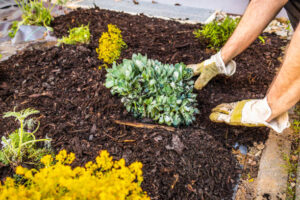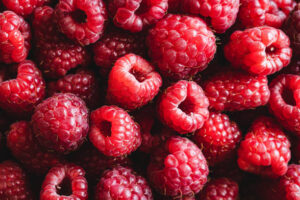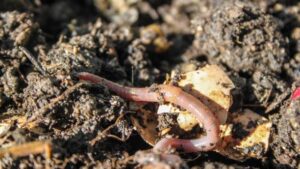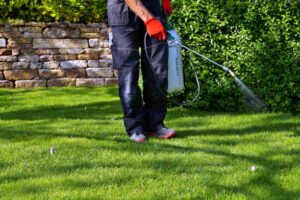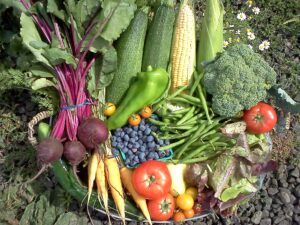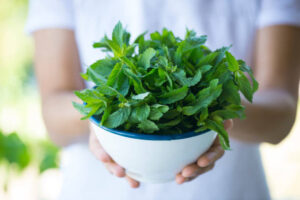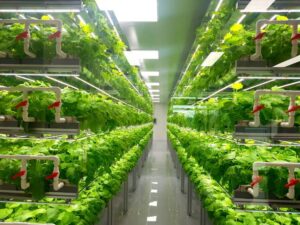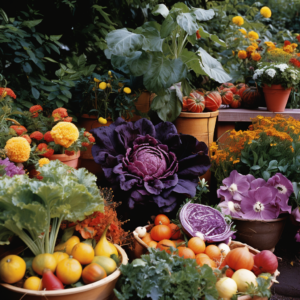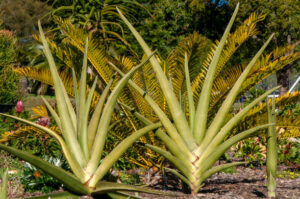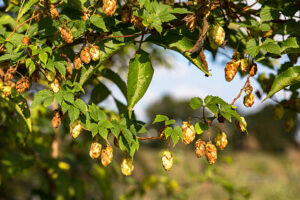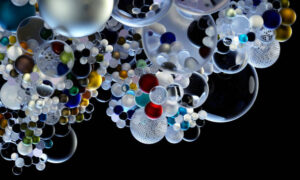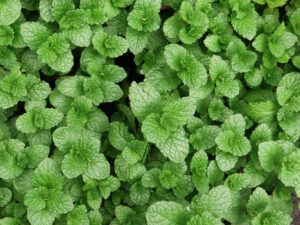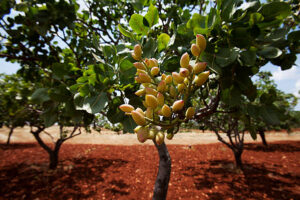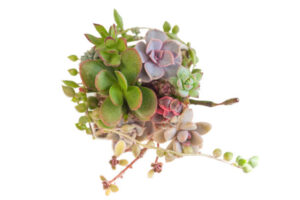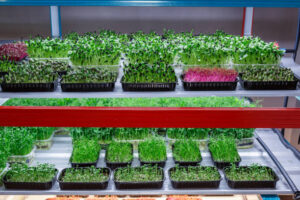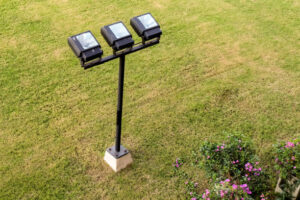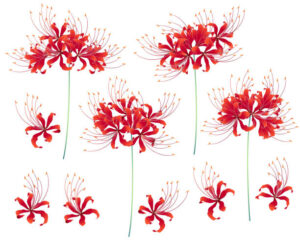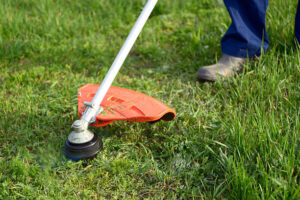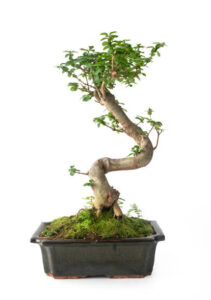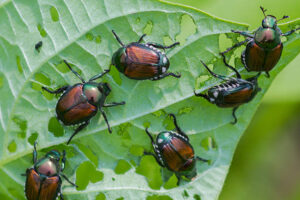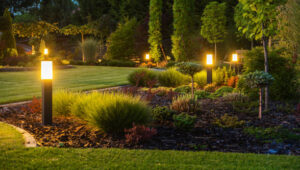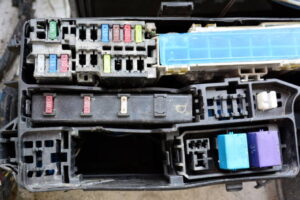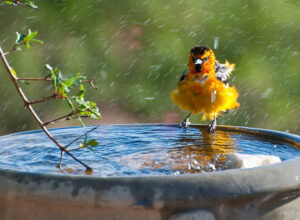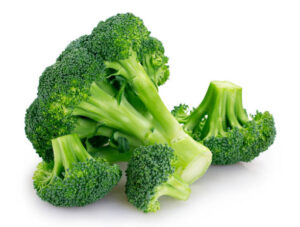Best Hummingbird Feeder: Attracting Nature's Aerial Acrobats
Introduction:
Welcome to our guide on the best hummingbird feeders, where we explore how to attract nature’s aerial acrobats to your garden with the perfect feeder. Hummingbirds, with their iridescent plumage and incredible agility, are a delight to behold. By providing a well-designed and strategically placed feeder, you can invite these fascinating creatures into your outdoor space, offering them nourishment and creating moments of wonder for yourself. Join us as we delve into the world of hummingbird feeders, offering useful tips and recommendations to help you make the most of this enchanting experience.
Understanding Hummingbird Feeders:
Hummingbird feeders are specially designed containers that hold a sugar solution resembling the nectar found in flowers, the primary source of food for hummingbirds. They typically consist of a reservoir for the nectar, feeding ports or tubes, and perches for the birds to rest while feeding. The best hummingbird feeders are not only functional but also attractive, adding aesthetic value to your garden while serving their primary purpose of attracting and feeding hummingbirds.
Hummingbird feeders play a crucial role in attracting and nourishing these enchanting avian visitors, offering a convenient and reliable food source that supplements their natural diet of flower nectar and insects. Here are some additional insights into the importance and benefits of hummingbird feeders:
Supplemental Nutrition: While hummingbirds primarily rely on flower nectar as their main source of energy, the availability of natural nectar sources may fluctuate throughout the year, especially during periods of drought or seasonal changes. Hummingbird feeders provide a consistent and reliable supplemental food source that helps sustain hummingbirds during times when natural nectar may be scarce or inaccessible. By offering a sugar solution that closely mimics the nectar found in flowers, feeders ensure that hummingbirds have access to essential nutrients and energy to support their high metabolic rates and active lifestyles.
Migration Support: Hummingbirds are renowned for their remarkable migratory journeys, traveling thousands of miles between their breeding and wintering grounds each year. During migration, hummingbirds require abundant food sources to fuel their long-distance flights and sustain their energy reserves. Hummingbird feeders strategically placed along migration routes provide vital refueling stations for migrating birds, allowing them to rest and replenish their energy stores before continuing their journey. By offering a reliable food source, feeders play a crucial role in supporting the health and success of migrating hummingbird populations.
Educational Opportunities: Hummingbird feeders offer unique opportunities for education and observation, allowing enthusiasts of all ages to learn about these fascinating creatures up close. By placing feeders in visible and accessible locations, individuals can observe hummingbirds’ feeding behaviors, flight patterns, and interactions with other bird species. This firsthand experience fosters a deeper appreciation and understanding of hummingbirds’ ecology, biology, and conservation needs, inspiring stewardship and advocacy for their protection. Hummingbird feeders also provide valuable opportunities for citizen science projects, such as monitoring hummingbird populations and migration patterns, contributing to scientific research and conservation efforts.
Pollinator Support: In addition to nourishing hummingbirds, feeders can also benefit other pollinators, such as bees, butterflies, and moths, by providing a supplemental food source. Sugar solutions offered in hummingbird feeders may attract these pollinators, especially when natural nectar sources are limited or scarce. By supporting a diverse array of pollinators, feeders contribute to the health and resilience of local ecosystems and promote biodiversity in gardens and natural habitats. This symbiotic relationship between hummingbirds and other pollinators highlights the interconnectedness of species and the importance of providing resources to support their survival and well-being.
Garden Enhancement: Beyond their practical function, hummingbird feeders can enhance the aesthetic appeal of gardens and outdoor spaces, adding color, movement, and vibrancy to the landscape. Choose feeders with decorative designs, vibrant colors, and intricate details to complement your garden decor and attract hummingbirds’ attention. Position feeders near flowering plants, water features, or natural perches to create inviting and visually appealing feeding stations that blend seamlessly with the surrounding environment. With their graceful flight and iridescent plumage, hummingbirds add a magical touch to any garden setting, delighting observers and creating memorable moments of connection with nature.
Year-Round Enjoyment: While hummingbird activity may peak during the warmer months of the year, feeders can provide year-round enjoyment for bird enthusiasts in regions where hummingbirds overwinter or migrate through. By maintaining feeders and providing fresh nectar throughout the year, you can attract and support hummingbirds during all seasons, ensuring continuous opportunities for observation and appreciation. Additionally, some species of hummingbirds may remain in certain regions year-round, making feeders essential sources of sustenance during colder months when natural nectar sources are scarce.
By incorporating hummingbird feeders into your outdoor space, you can create a welcoming and nurturing environment for these beloved avian visitors while enhancing your own enjoyment of nature’s beauty and wonder. Whether you’re a seasoned birdwatcher or a novice enthusiast, the presence of hummingbirds adds a touch of magic and joy to any garden landscape, fostering a deeper connection with the natural world and sparking a lifelong passion for bird conservation and appreciation.
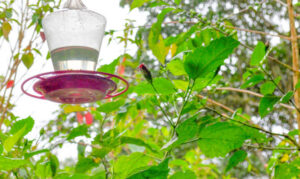

Benefits of Using Hummingbird Feeders:
Attracting Hummingbirds: Hummingbird feeders are effective at drawing these tiny birds to your garden, providing them with a convenient and reliable food source, especially during periods when natural nectar-producing flowers may be scarce.
Close-up Viewing Opportunities: Placing a hummingbird feeder near your home or favorite outdoor sitting area allows for close-up observation of these fascinating birds as they feed, hover, and perform their aerial displays, offering hours of entertainment and relaxation.
Supporting Conservation Efforts: By providing supplemental food through hummingbird feeders, you can contribute to the conservation of hummingbird populations, particularly in urban and suburban areas where habitat loss and environmental changes may impact their natural food sources.
Choosing the Best Hummingbird Feeder:
When selecting a hummingbird feeder for your garden, consider the following factors:
Design and Construction: Look for feeders made from durable materials such as glass, plastic, or ceramic, with sturdy construction that can withstand outdoor elements. Opt for designs that are easy to clean and refill to maintain hygiene and prevent mold growth.
Feeding Ports and Perches: Choose feeders with multiple feeding ports and perches to accommodate several hummingbirds simultaneously. This reduces competition among birds and ensures equitable access to the nectar.
Ease of Maintenance: Select feeders with removable parts or wide openings for effortless cleaning and refilling. Avoid intricate designs with hidden crevices that may trap dirt or mold, compromising the feeder’s functionality and hygiene.
Placement and Maintenance Tips:
Location: Hang the hummingbird feeder in a shaded area of your garden, away from direct sunlight and strong winds. This helps prevent the nectar from spoiling quickly and provides a comfortable feeding environment for the birds.
Height: Position the feeder at eye level or slightly higher to facilitate easy observation and maintenance. Avoid placing it too close to the ground or near tall vegetation where predators may lurk.
Regular Cleaning: Clean the feeder thoroughly every few days to prevent the buildup of mold, bacteria, and other contaminants. Use a mild soap solution and a bottle brush to scrub the interior surfaces, and rinse thoroughly before refilling with fresh nectar.
Conclusion:
In conclusion, investing in the best hummingbird feeder is a rewarding way to attract these captivating birds to your garden, providing them with a reliable food source while offering you the opportunity to observe their beauty and behavior up close. By selecting a feeder with the right design, construction, and placement, you can create an inviting environment that encourages hummingbirds to visit regularly, enhancing your outdoor experience and contributing to their conservation. So, set up your hummingbird feeder today and prepare to be enchanted by nature’s aerial acrobats.




